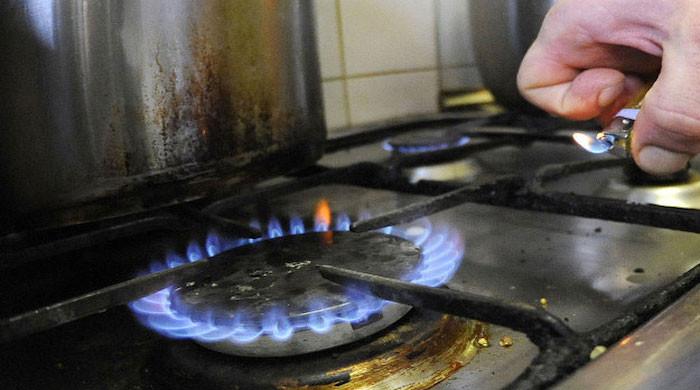SNGP Foresees Gas Suspension Amid RLNG Oversupply
Sui Northern Gas Pipelines Limited (SNGP) anticipates a halt in the purchase of 354 mmcfd of natural gas from local exploration and production (E&P) companies. This projection is due to an excess of re-gasified liquefied natural gas (RLNG) and the expected transition of captive power consumers to the national grid.
SNGP had previously reviewed and projected a gas suspension of 86 mmcfd for the current fiscal year. Any reduction in natural gas procurement from domestic E&P firms could also affect crude oil production, given the concurrent output from associated gas fields. A substantial decrease in oil and gas production may have adverse effects on overall GDP growth, especially considering that mining and quarrying (including oil, gas, and coal) constitute 9.0 percent of the industrial sector. Furthermore, the profitability of E&P companies could be negatively impacted, as noted in a research report by Topline Securities.
To counter an anticipated revenue shortfall of Rs207 billion, SNGP has proposed raising gas tariffs by 40-42 percent starting in July 2025. This deficit is primarily attributed to projected revenue losses from diverting gas supplies from captive power units to residential consumers, a measure taken in response to the surplus of RLNG in the system. The stated figure also incorporates a late payment surcharge (LPS) of Rs96 billion.
SNGP forecasts that the diversion of RLNG to domestic consumers will reach 242 mmcfd in FY26, compared to the 164 mmcfd approved by the Oil and Gas Regulatory Authority (Ogra) for FY25 in its review of the Estimated Revenue Requirement (RERR). The additional diversion of 78 mmcfd of RLNG to residential users is expected to result in an incremental shortfall of Rs70 billion, given that the average tariff for residential consumers is Rs1,000/mmbtu, significantly less than the Rs3,500/mmbtu charged to captive power units.
The company’s FY26 estimate includes Rs96 billion on account of the LPS, consistent with its standard practice. However, Ogra typically rejects this component, and analysts anticipate that the regulator will do so again. If the LPS is excluded, the required price increase would decrease from the proposed 40-42 percent to approximately 19-20 percent. Nonetheless, it is expected that Ogra will not approve the full increase and will revise it downward.
Due to the recent decrease in the cost of debt (Kibor), SNGP’s projected weighted average cost of capital (WACC) on operating fixed assets is now 23.39 percent. For FY26, the company has suggested average fixed assets of Rs124 billion, compared to Rs109 billion approved by Ogra in FY25’s RERR, representing a net increase of Rs15 billion.
According to Topline Securities, the government’s long-term objective under the IMF program involves increasing reliance on the national grid by discouraging the use of captive power. Although the government initially committed to the IMF to cease gas supplies to captive units by the end of January 2025, it later shifted to an alternative strategy: raising tariffs to incentivize consumers to switch to the grid. In mid-March 2025, a grid levy of Rs791/mmbtu was imposed in addition to the existing Rs3,500/mmbtu rate.
However, several companies have secured stay orders from higher courts against the grid levy. Industry sources indicate that gas tariffs and levies for captives will continue to increase until the cost of captive electricity generation aligns with the national grid’s tariff.
Looking forward, the government intends to negotiate with Qatar to either reduce the number of RLNG cargoes or lower prices. The current 15-year supply agreement, signed in February 2016, includes a price review clause after 10 years. Should both parties fail to agree on pricing, the agreement’s duration would automatically shorten to 11 years, Topline Securities stated.



Comments (0)
No comments yet. Be the first to comment!
Leave a Comment